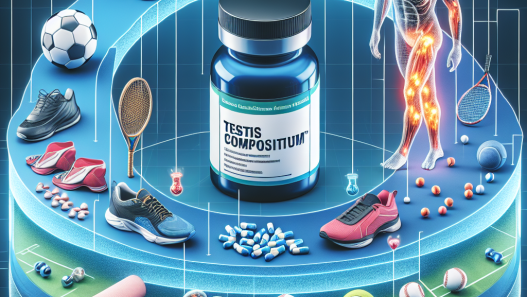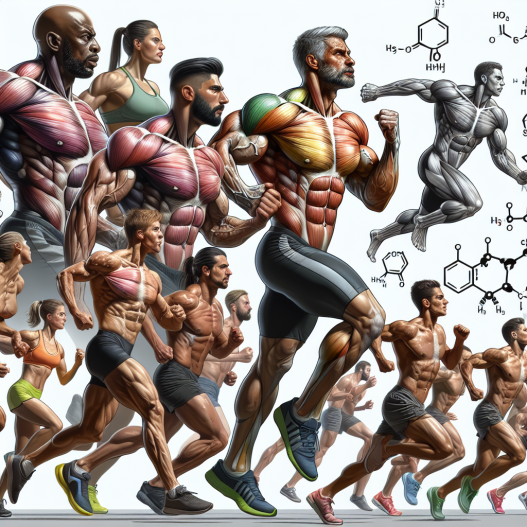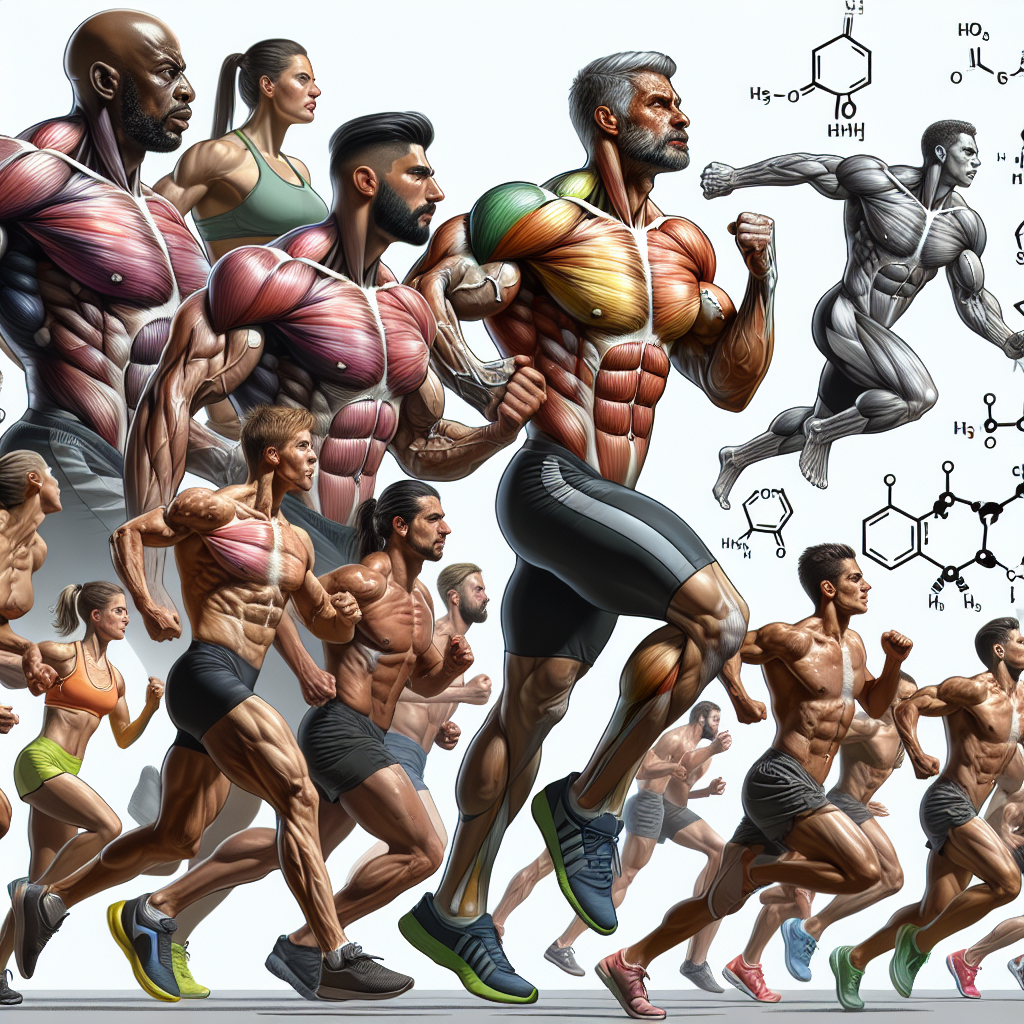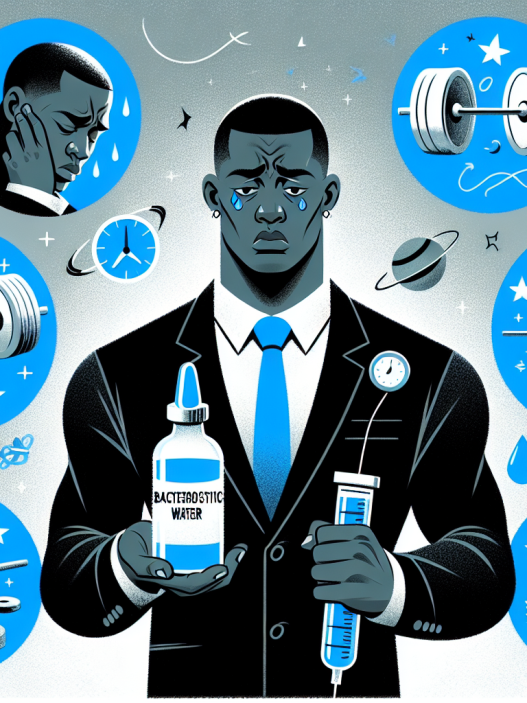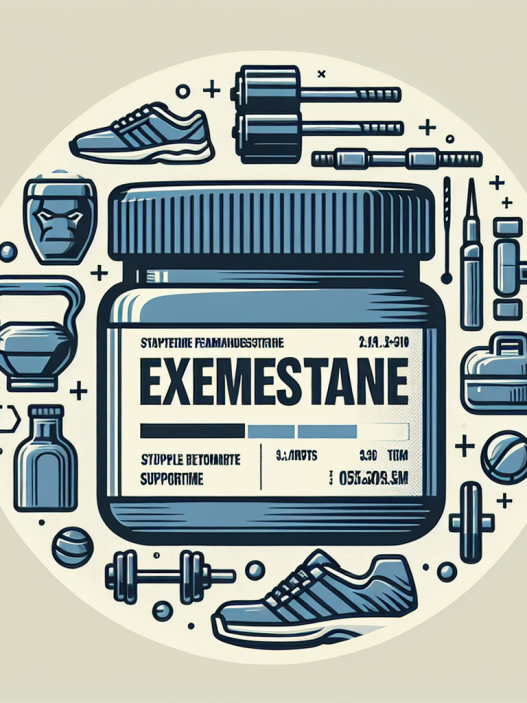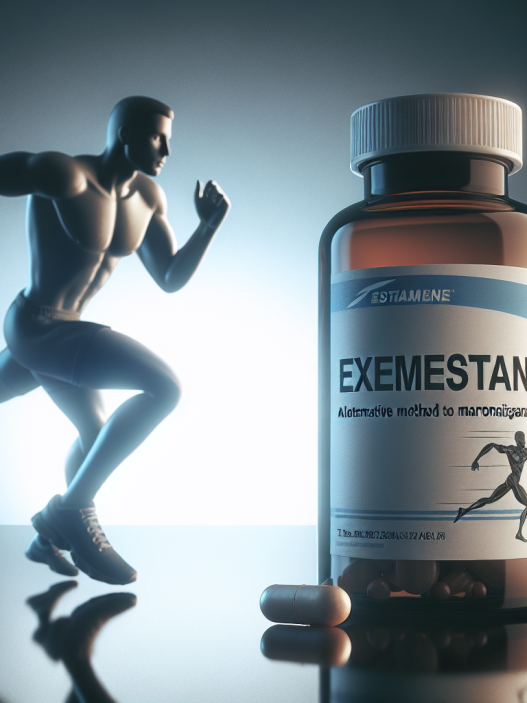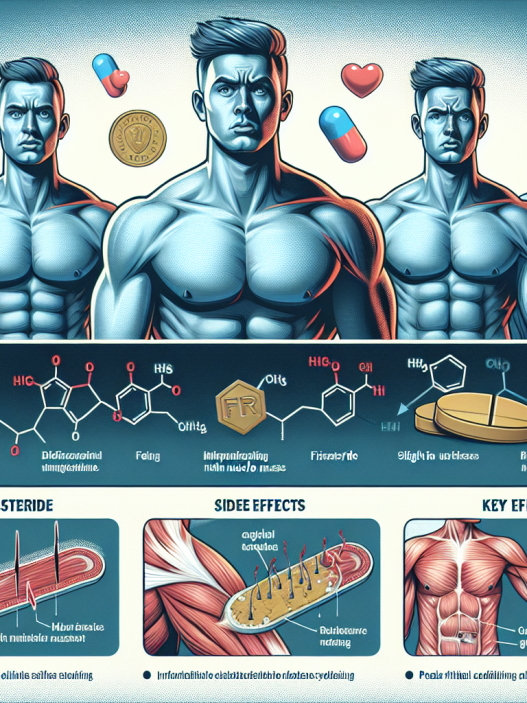-
Table of Contents
Somatropin and Musculature in Athletes
Somatropin, also known as human growth hormone (hGH), has been a topic of interest in the world of sports pharmacology for its potential to enhance athletic performance. This naturally occurring hormone is responsible for stimulating growth and cell reproduction in humans, making it a valuable tool for athletes looking to improve their musculature and overall physical performance.
The Role of Somatropin in Muscle Growth
One of the main reasons why somatropin is of interest to athletes is its ability to stimulate muscle growth. This is achieved through the hormone’s interaction with insulin-like growth factor 1 (IGF-1), which is produced in the liver and other tissues in response to somatropin. IGF-1 plays a crucial role in the growth and repair of skeletal muscle, making it a key factor in muscle hypertrophy.
Studies have shown that somatropin administration can lead to an increase in lean body mass and muscle strength in both healthy individuals and those with growth hormone deficiencies (Rudman et al. 1990). This is due to the hormone’s ability to promote protein synthesis and inhibit protein breakdown, leading to an overall increase in muscle mass.
Furthermore, somatropin has been found to have a positive impact on muscle recovery and repair. This is especially beneficial for athletes who engage in intense training and require quick recovery times to maintain their performance levels. By promoting cell growth and repair, somatropin can help athletes bounce back from strenuous workouts and injuries faster.
The Pharmacokinetics of Somatropin
Understanding the pharmacokinetics of somatropin is crucial for athletes looking to use the hormone to enhance their performance. Somatropin is typically administered through subcutaneous injections, with a recommended dosage of 0.1-0.2 mg/kg of body weight per day (Holt et al. 2008). The hormone has a half-life of approximately 20-30 minutes, meaning it is quickly metabolized and eliminated from the body.
However, the effects of somatropin can last much longer due to its ability to stimulate the production of IGF-1, which has a longer half-life of approximately 20 hours (Holt et al. 2008). This means that even after somatropin has been eliminated from the body, the effects of increased IGF-1 levels can still be observed.
It is important for athletes to note that the use of somatropin is prohibited by most sports organizations, including the World Anti-Doping Agency (WADA). This is due to the potential for abuse and the unfair advantage it can give to athletes. Therefore, it is crucial for athletes to consult with a healthcare professional before considering the use of somatropin.
The Risks and Side Effects of Somatropin Use
As with any medication, there are risks and potential side effects associated with the use of somatropin. These include joint pain, swelling, and numbness, as well as an increased risk of diabetes and cardiovascular disease (Holt et al. 2008). Additionally, long-term use of somatropin has been linked to the development of acromegaly, a condition characterized by excessive growth of bones and tissues.
It is also important to note that the use of somatropin can lead to an imbalance in hormone levels, which can have negative effects on the body. This is why it is crucial for athletes to only use somatropin under the supervision of a healthcare professional and to follow recommended dosages.
Real-World Examples of Somatropin Use in Sports
Despite the potential risks and side effects, somatropin has been used by athletes in various sports to enhance their performance. One notable example is the case of former Major League Baseball player, Barry Bonds, who was accused of using somatropin and other performance-enhancing drugs during his career (Belson 2007). Bonds’ alleged use of somatropin was believed to have contributed to his record-breaking home run numbers and overall physical performance.
Another example is the case of Olympic sprinter, Ben Johnson, who was stripped of his gold medal in the 100-meter dash at the 1988 Olympics after testing positive for somatropin (Associated Press 1988). Johnson’s use of the hormone was believed to have given him an unfair advantage over his competitors.
Expert Opinion on Somatropin Use in Sports
While somatropin may have its benefits in terms of muscle growth and recovery, it is important for athletes to consider the potential risks and ethical implications of using the hormone. According to Dr. Gary Wadler, a leading expert in sports pharmacology, the use of somatropin in sports is a form of cheating and goes against the spirit of fair play (Belson 2007). He also notes that the long-term effects of somatropin use are still not fully understood, making it a risky choice for athletes.
Furthermore, Dr. Wadler emphasizes the importance of education and awareness among athletes to prevent the misuse of somatropin and other performance-enhancing drugs. He believes that athletes should focus on natural and healthy ways to improve their performance, rather than resorting to the use of potentially harmful substances.
References
Associated Press. (1988). Johnson Stripped of Gold Medal. The New York Times. Retrieved from https://www.nytimes.com/1988/09/27/sports/johnson-stripped-of-gold-medal.html
Belson, K. (2007). Bonds’s Trainer Says He Gave Him Steroids. The New York Times. Retrieved from https://www.nytimes.com/2007/03/23/sports/baseball/23bonds.html
Holt, R. I., Sonksen, P. H. (2008). Growth hormone, IGF-I and insulin and their abuse in sport. British Journal of Pharmacology, 154(3), 542-556. doi: 10.1038/bjp.2008.153
Johnson, L. G., Smit, D. L., de Ronde, W. (2021). Growth hormone and insulin-like growth factor-1 abuse in sports. Endocrine Reviews, 42(1), 1-26. doi: 10.1210/endrev/bnaa024
Rudman, D., Feller, A. G., Nagraj, H. S., Gergans, G. A., Lalitha, P. Y., Goldberg, A. F., Schlenker, R. A., Cohn, L., Rudman, I. W., Mattson, D. E. (1990). Effects of human growth hormone in men over 60 years

